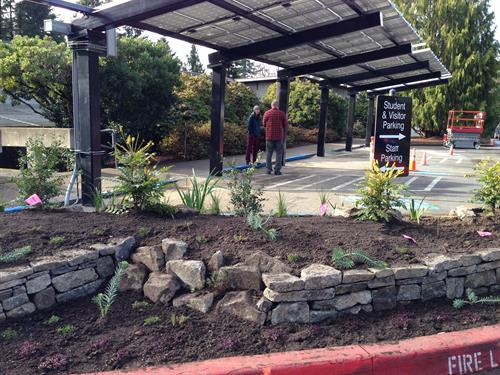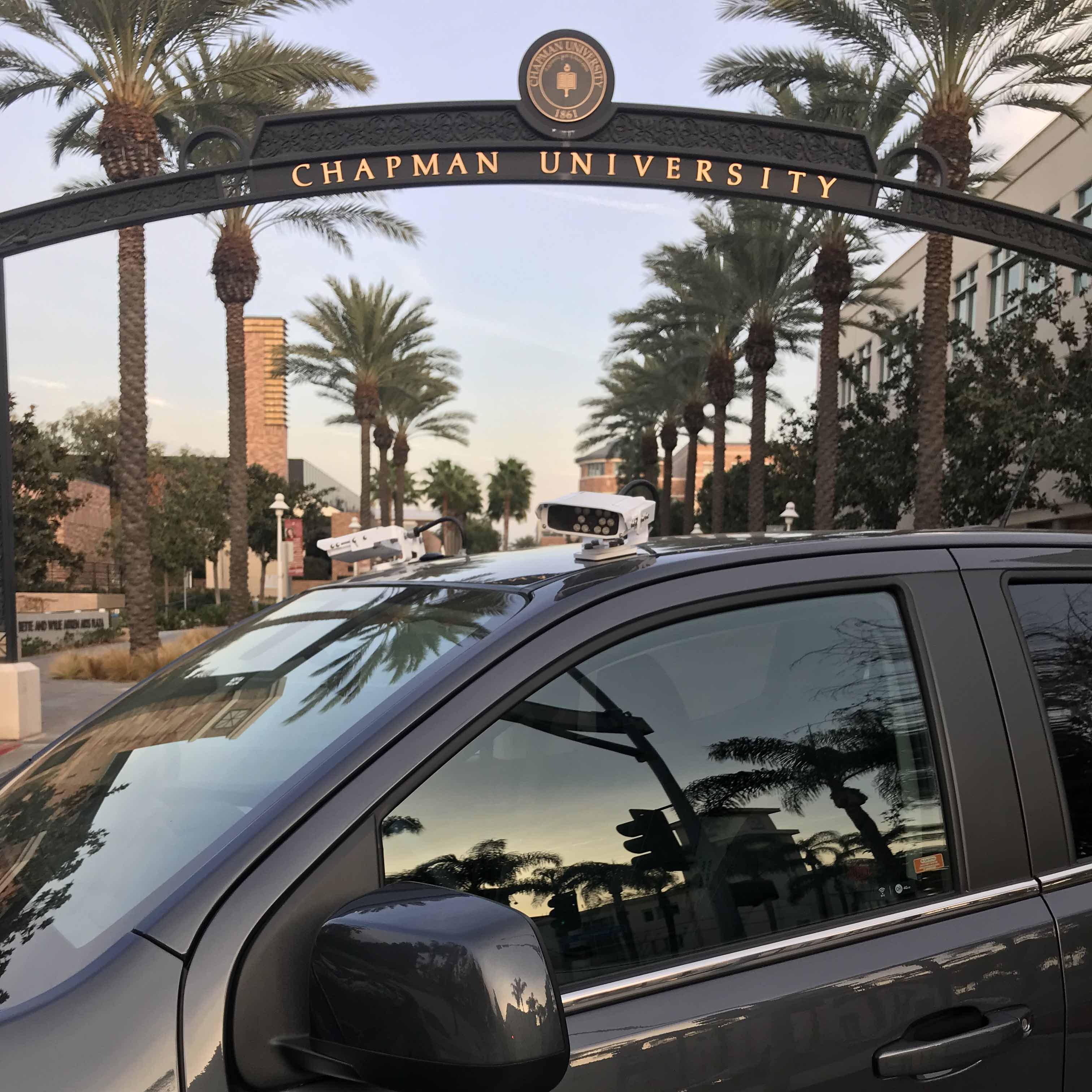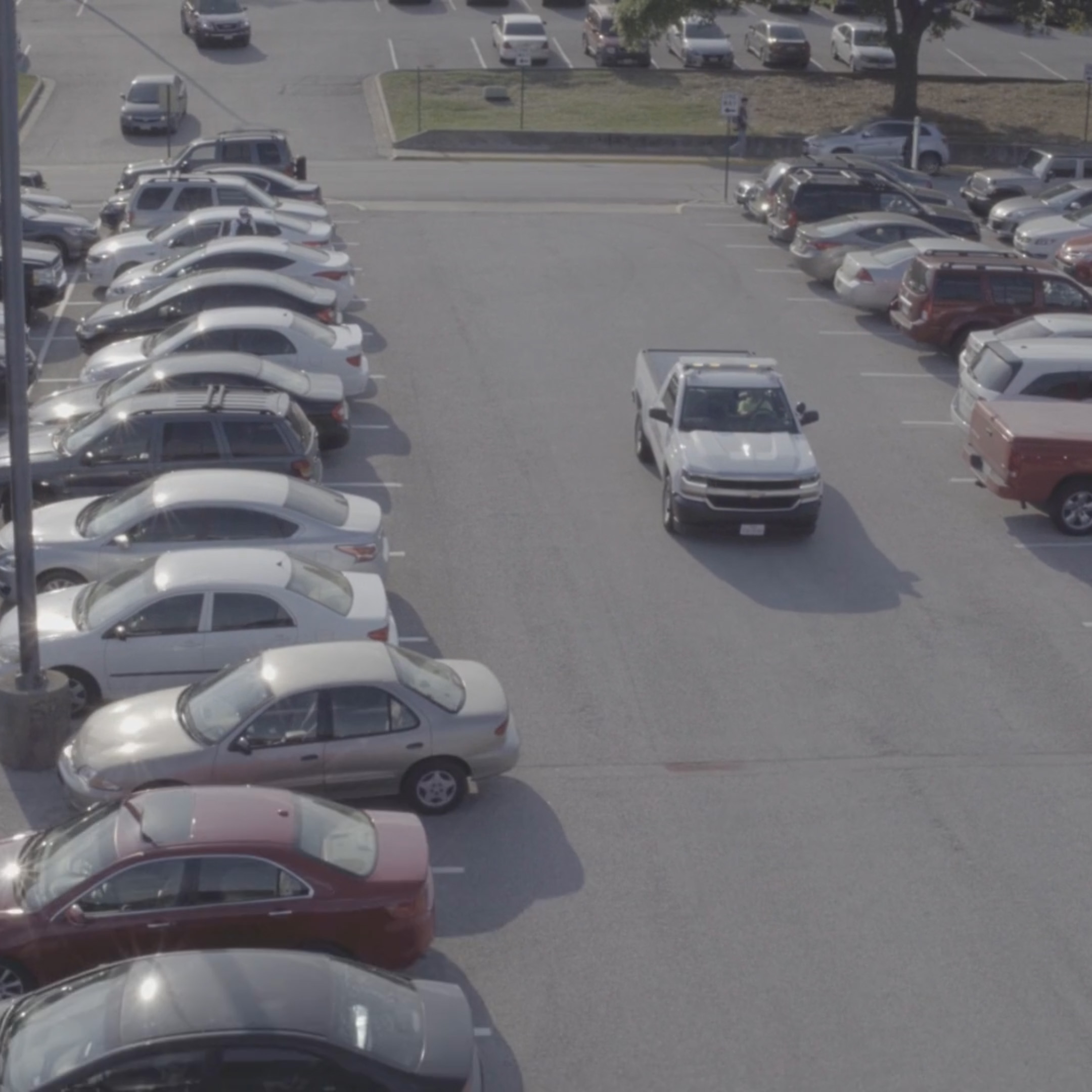How Technology Enhances Sustainability on Campus: Case Study at Lewis & Clark College

Picture this. You walk into a huge garage. It’s almost empty. There are just a few small cars on the bottom floor, parked in spaces designed for much bigger vehicles. Fluorescent lights click and hum throughout the whole building. The few cars display large plastic hangtags, reprinted every few months because the parking sections keep changing. As you pass by one of the cards, you notice a paper ticket on the windshield. While you watch, a gust of wind bursts through one of the few windows and sends the ticket careening around the garage, finally landing – crumpled and dirty – next to an overflowing trash can.
Not a pretty picture, is it? Luckily, parking operations nationwide are abandoning many of these practices in favor of a more sustainable approach. Now more than ever, sustainability gains importance, and parking operators develop innovative, environmentally friendly practices and programs in response. Amy Dvorak, Sustainability Manager of Lewis and Clark College, says “A sustainability focused approach is part of our mission and an expectation of our students.” Customers look to their parking provider for sustainable parking solutions. By going green, providers can significantly decrease their spending and waste, while increasing customer satisfaction.
Parksmart (formerly Green Garage Certification) emphasizes five aspects of sustainable garages. Parking operations must:
- Reduce their environmental impact.
- Increase their energy efficiency and performance.
- Manage parking spaces efficiently.
- Encourage alternative mobility options.
- Strengthen community relationships.
To this end, a parking operation can implement programs to encourage ridesharing and the use of public transit. “We are (re)starting a bike share program next year,” Dvorak says. Lewis and Clark’s parking program also offers a biodiesel shuttle bus and increased transit subsidies, both of which reduce the number of vehicles coming to campus.
Parking operators also increase the “green potential” of their operations through innovations in infrastructure. For instance, some parking operators install lights that turn off or dim in unused sections of the garage, thereby eliminating wasted energy. Other operators design parking spaces specifically for bikes or scooters, to encourage users to take the more environmentally friendly modes of transportation. And parking garages themselves can be designed to work in harmony with the environment: Dvorak says that they designed their newest parking lot to reduce impervious surfaces on campus and preserve local flora. “Thousands of native plants were planted in this area when it was built, invasive species were removed, and a natural storm water swale [was] built to infiltrate water coming off of the parking lot.” Lewis and Clark College also features a solar carport that incorporates an electric vehicle charging station.
Of course, many parking operations cannot afford system-wide infrastructure overhauls. Dvorak says, “I think the greatest challenge is striving to improve while balancing the day-to-day tasks that are ever-accumulating!” Parking operators must carefully balance their efforts to create a green parking system while still effectively managing the existing program. Even without massive renovations, a parking operation can significantly decrease its environmental impact through changes within the operation’s enforcement programs.
For example, rather than relying on paper permits, parking operations can switch to vehicle identifiers that can be analyzed virtually. NuPark, Inc., an innovative parking solutions provider, offers vehicles equipped with License Plate Recognition (LPR) technology. Instead of printing new parking passes every time a lot changes or a season ends, NuPark’s system allows parking operators to link parking permissions to each vehicle’s license plate, resulting in a zero waste system. This step alone cuts down on the waste of paper, plastic, and ink. “We have eliminated the use of thousands of plastic parking passes each year,” Dvorak says.
Enforcement vehicles, too, can be chosen with an eye towards the environment. Dvorak cited the purchase of an electric enforcement vehicle as an important feature of Lewis and Clark’s sustainability efforts.
NuPark’s system also allows operators to enforce their parking system virtually (through emails and online accounts) rather than paper tickets and mailed notices. This change not only saves money for the parking operation, but also eliminates pollution and wasted resources.
Through environmentally friendly programs, infrastructure innovations, and zero-waste enforcement options, parking operations everywhere can help strengthen their community and reduce their environmental impact.




